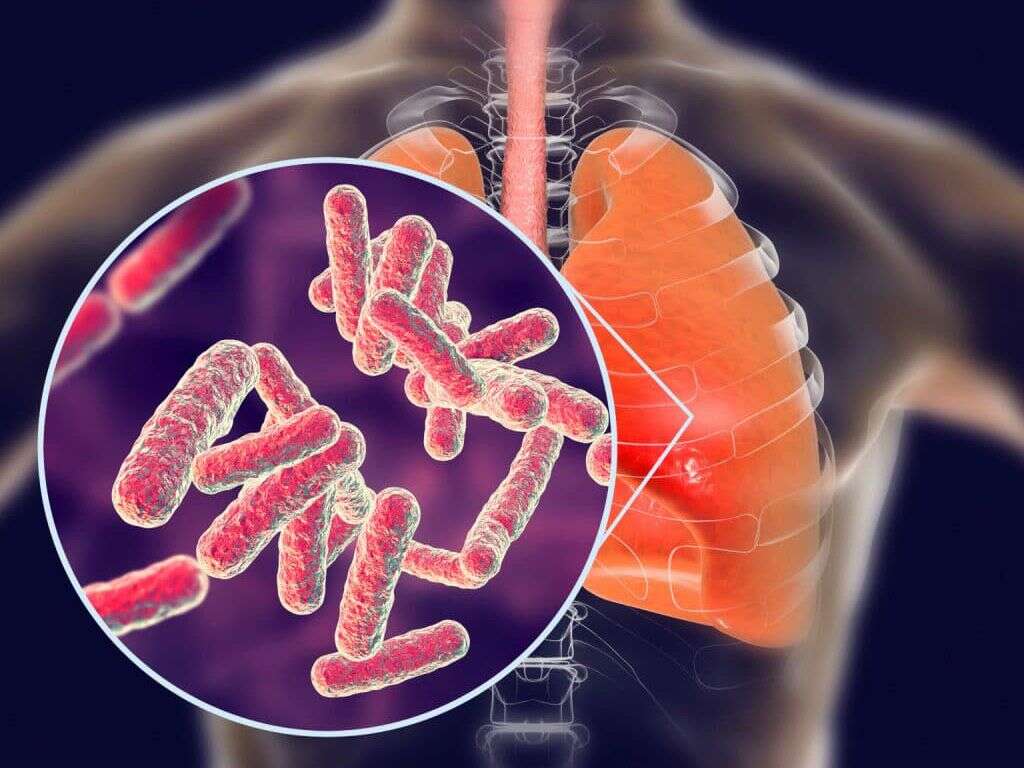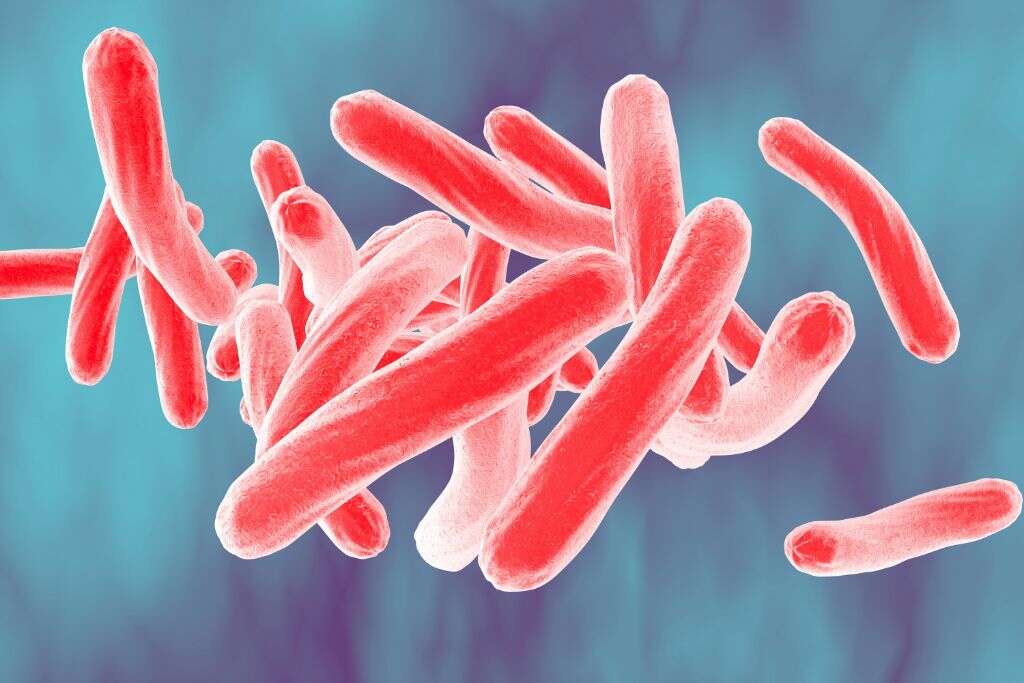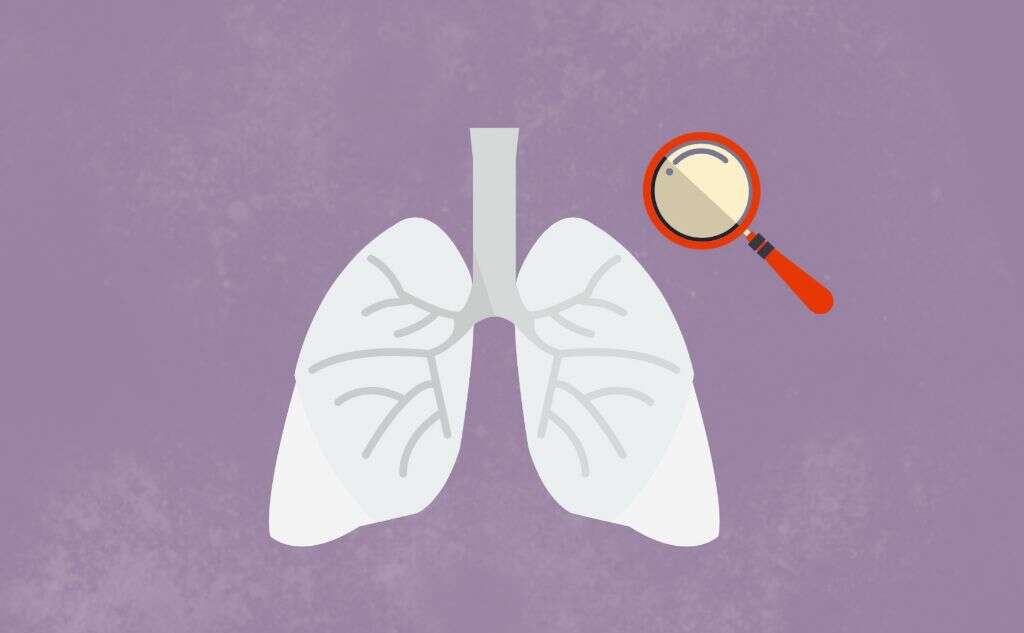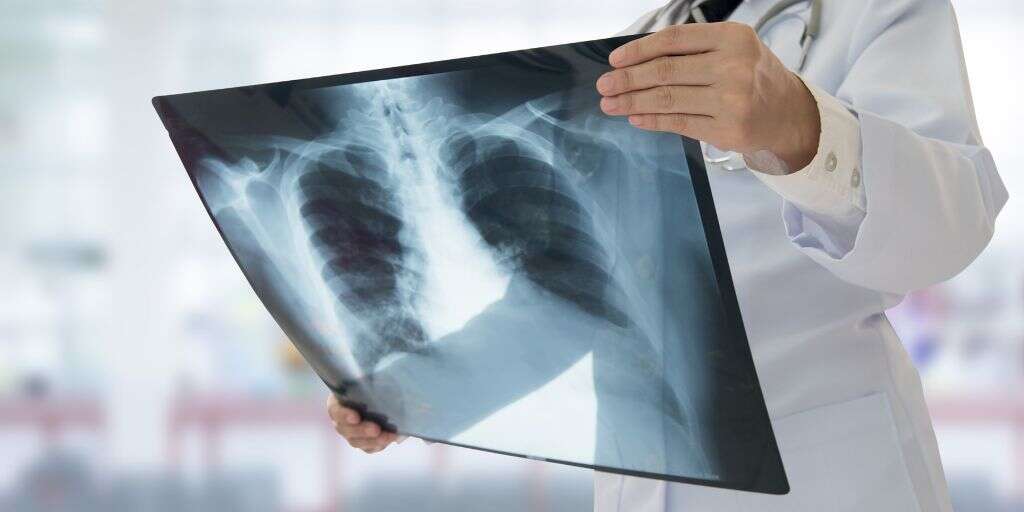What Is Tuberculosis?
Tuberculosis is a disease that has been around for a very long time. It has also been known as the white plague, consumption, and phthisis. It is considered to be the world’s most deadly infectious disease, and it has killed many millions throughout history. The good news is that it is not as dangerous as it used to be.
Tuberculosis is now much less common than it has been in the past. However, it is still prevalent in parts of the world where sanitary conditions are poor and access to medical facilities is limited. The disease can be treated with modern medicine, but the disease can be fatal if treatment is not found in time.

1. Tuberculosis
Tuberculosis is a bacterial infection that infects the patient’s lungs. It can be very dangerous so it should always be taken very seriously whenever it is diagnosed. The disease is mostly found in developing countries but it has seen resurgence even in developed countries since the mid 80s.
The resurgence was down to the arrival of AIDS. This is because AIDS makes somebody’s immune system weaker, and this means diseases like tuberculosis are more likely to take a hold. Another issue with tuberculosis is that the bacteria have developed a resistance to antibiotics, and this makes it harder to treat.

2. Causes
Tuberculosis (TB) is caused by a bacterium that is known as Mycobacterium tuberculosis. It is spread when an infected person coughs, sneezes, or exhales, releasing infected droplets into the air. Other people in the vicinity may then inhale these droplets, potentially resulting in an infection.
It is not easy for somebody to catch tuberculosis, and it is unlikely that you will catch it from a stranger in public. Instead, you are a lot more likely to catch it from somebody that you spend a lot of time with. What’s more is that a person infected with tuberculosis is not always contagious.

3. Latent TB v Active TB
Tuberculosis can be broken down into two main categories. Those are latent TB and active TB. Latent TB means that although the patient is infected with the bacterium, the immune system is preventing it from doing them any harm. In this state, not only does the patient not experience symptoms, but they are also not contagious.
Latent TB can develop into active TB, however. This might occur just weeks after the initial infection took place, or it might be years. Active TB means that the patient is showing symptoms, and that they can pass the disease on to other people.

4. Symptoms
When symptoms of active TB do show, they will include symptoms that are typical of infections, including a fever, chills, and night sweats. A loss of appetite is also likely, and the patient can also lose weight. Patients with the disease are also likely to feel fatigued all of the time.
Other symptoms of TB include a pain in the chest. The patient is more likely to feel pain when they are coughing, or even when they are breathing. The patient can also have a persistent cough that will last for weeks, and they may also be coughing up blood.

5. Complications
If it is not treated, TB can go on to cause further complications for the patient. These include stiffness, and back pain, which is an indication the disease is advancing. The patient can also develop problems with their liver and kidneys, and this can be dangerous. TB will also sometimes cause the patient to develop problems with their heart.
Patients with TB will also sometimes have permanent damage to their joints, and it is the knees and the hips that are most commonly affected. Another potential complication is a condition known as meningitis. This is the inflammation of a membrane that helps to protect the brain, and severe cases can be fatal.

6. Drug Resistance
As mentioned, some strains of TB have developed a resistance to antibiotics. This happens because, just like other living organisms, bacteria are able to evolve and adapt to their environment. After exposure to certain medications, random mutations in their genes will sometimes cause them to have properties that allow them to resist that medication.
This can mean that the patient cannot be treated with certain medication, or that recovery will be slower. Bacteria and other pathogens developing a resistance to drugs is one reason why antibiotics and antiviral medications are now used sparingly. It is also why it is suggested that patients complete full courses of antibiotics even if they have recovered.

7. HIV
As mentioned, TB is a disease that is associated with HIV. HIV stands for the human immunodeficiency virus, and it is known for attacking its host’s immune system. HIV will sometimes go on to develop AIDS, which stands for acquired immunodeficiency syndrome.
HIV/AIDS can weaken the patient’s immune system to the point where they are more prone to other diseases, including tuberculosis. This is why, in the 1980s, resurgence in TB coincided with the arrival of HIV. There is no cure for HIV yet, but advancing treatments now mean most people with the disease will live a relatively normal live.

8. Risk Factors
Those people with a weakened immune system are among the most likely to catch tuberculosis. This includes people with HIV, some other medical conditions, and those using certain drugs. People are also more likely to catch the disease if they live in areas where the disease is more prevalent.
Other people at risk include those who work in care homes and similar. People that live with an infected person are also in a higher risk category. If you do get infected and you have latent TB, you will likely be advised to take medication that will help prevent it from developing into active TB.

9. Diagnosis
Your doctor will likely want to perform a physical exam to help look for signs of TB, or other diseases. A simple test has been developed that involves injecting a small amount of a certain substance beneath the skin. If the test is positive then it is likely the patient has TB, but the test is not always accurate.
Other tests involve taking a blood sample for examination. Sputum samples may also be taken that will help doctors look for signs of the bacteria. In some cases, imaging tests like CT scans or X-rays may be performed to look for signs that a tuberculosis infection is present.

10. Treatment
Although TB remains a dangerous disease if it is not treated, we are able to cure it. Treatment involves taking certain medication and the patient may need to continue taking the medication for up to 9 months. The medication prescribed will vary according to a number of factors including the patient’s overall health, and age.
It is important that the patient completes their medication, even if they do feel as though they have fully recovered. This is to ensure that all of the bacteria are killed; otherwise drug resistant bacteria that managed to survive could proliferate again and cause even more severe problems.





-06.jpg)



